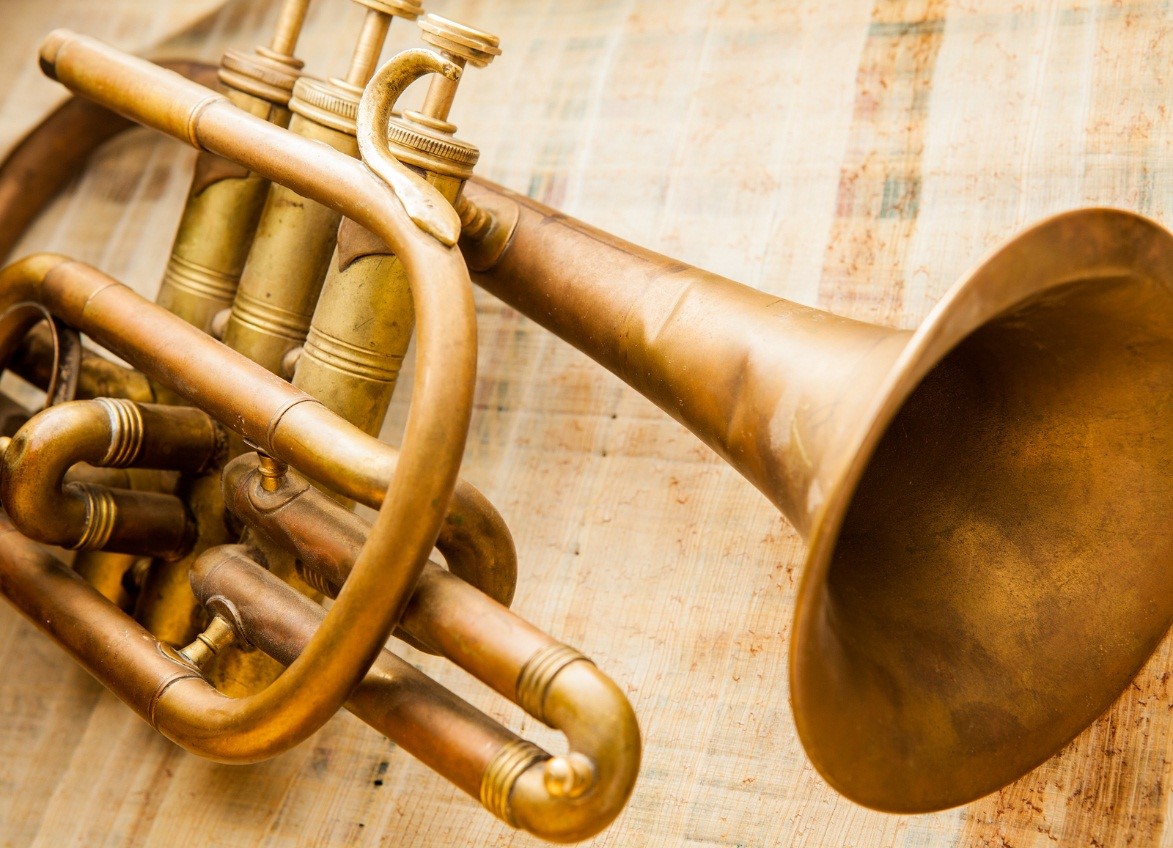Shipbuilders are selective about naval alloys; sculptors, about architectural bronze or engraving brass. It should be no surprise, then, that many brass musicians have their instruments customized or altered. According to the Acoustical Society of America, brass players believe that what their instruments are made of – and how these materials are used – impact both their sound and feel.
As an instrument-maker, there are a handful of design and construction factors you can work with to craft trumpets, horns, trombones, and other brasswinds that perfectly match their artists. While these factors all start with quality brass tubing, they certainly do not end with that.
Improving sound
Darker brass tubing makes for a rounder, heavier sound. Lighter brass, with less copper and more zinc, creates the opposite effect. Tube length determines pitch. Master the nuances of these distinctions, and you can craft a full range of brasswinds of different pitches.
There are other variables you can work with:
- Otherwise known as metal thickness, gauge affects an instrument’s level of sound projection. Is your client a member of a symphony, or more of a small-space artist? If she plays with an orchestra, his instrument needs a thicker gauge. If he doesn’t need sound to reach the furthermost row on the second tier, you can do with a lighter one. The shape and make of an instrument’s bell also affect projection.
- The temperatures at which you anneal brass can affect its hardness or softness – another determinant of an instrument’s richer or thinner sound. The number of times you pass it through an oven can be factors too.
Improving feel
“Feel” refers to how comfortably a musician can handle an instrument. It’s just as important as sound. After all, what use is a great-sounding instrument if an artist can’t feel it well enough to play it?
Take, for example, the distinctly shaped French horn. Its key parts include the tuning slides (which let a player adjust the horn’s overall pitch), rotary valves (which let a player change the pitch while playing), and valve slides (which actually change the pitch). These parts need bracing, or supports, to be manipulated and work in conjunction with each other. Inadequate or misplaced bracing can make the horn vibrate unusually when certain notes are played, distracting the player and affecting his or her technique.
Musicians can add custom bracing to address such problems. They can also request heavier or lighter valves. That’s where you can come in. Additions and alterations, of course, need to fit seamlessly with the rest of the instruments in terms of materials and construction. Otherwise, they’ll end up altering the sound.
Sources
Brass instrument manufacturing: How metal makes music, The Fabricator, October 10, 2011
How Brass Instruments are Built: Art, Craft, Perhaps Even Science, Acoustical Society of America, Paper originally presented June 17, 1997


